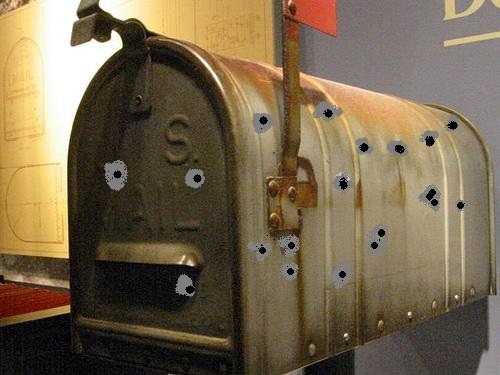The idea of the Battle Monument at West Point was first conceived in 1863 to honor the fallen soldiers of the Regular Army in the Civil War of the United States of America. Money was raised through contributions from officers, and through $1.00 deductions from regular soldiers pay.
In total, $45,000 was raised and construction was to begin in 1865.
But there came along an altercation between Gen. McClellan, Secretary Stanton & West Point superintendent Col. Bowman. This altercation, the source of which is unknown, created a delay in the project.
Finally, in 1890, construction began.
The shaft is 41 feet in length. Including the lower and upper pedestals, and the statue of the angel “Fame” at the top, the monument rises 75 feet high. The shaft weighs 72 tons.
Surrounding the monument are 16 cannon, and 8 granite plinths. Plinths are the big polished granite balls.
Traditionally, the plebes at West Point made reference to the statue of Fame when giving the following reply to any upperclassman demanding to know "How are they all?"
Finally, in 1890, construction began.
The shaft is 41 feet in length. Including the lower and upper pedestals, and the statue of the angel “Fame” at the top, the monument rises 75 feet high. The shaft weighs 72 tons.
Surrounding the monument are 16 cannon, and 8 granite plinths. Plinths are the big polished granite balls.
Each of the 16 cannon bears the name of a major Civil War battle
"They are all fickle but one, sir."
"Who is the one?"
"She who stands atop Battle Monument, for she has been on the same shaft since 1897."
The names, it might be noted, are all from The Union Army, and nowhere to be found at the Battle Monument is a Confederate Flag. Not a one.
On the plinths, and on tablets at the pedestal are inscribed the names of 188 officers and 2,042 men of the Regular Army who fell in the Civil War.
The names, it might be noted, are all from The Union Army, and nowhere to be found at the Battle Monument is a Confederate Flag. Not a one.





No comments:
Post a Comment